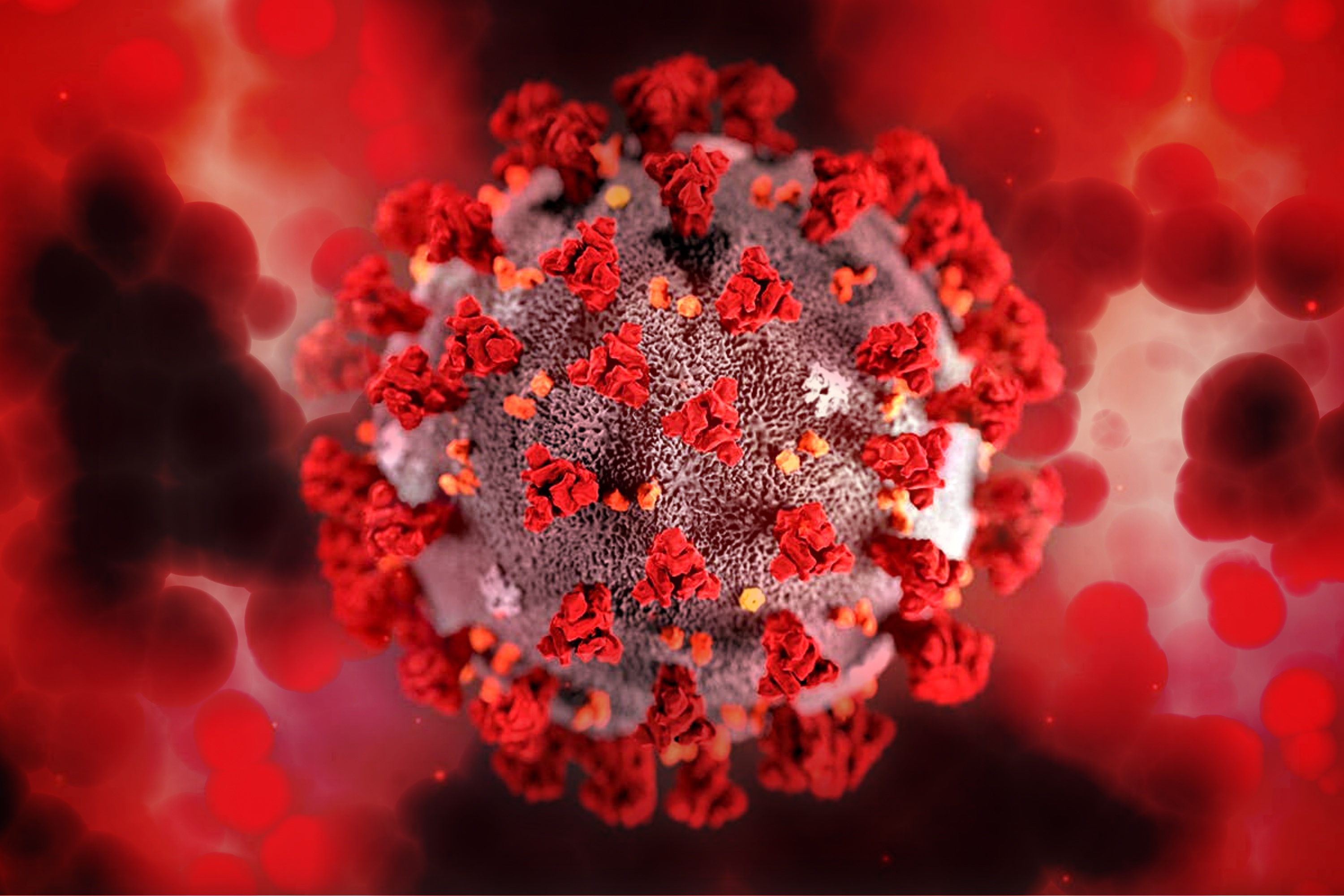Users
Social media
- More details here...
- Address
Parc Científic de la Universitat de València C/
Catedrático Agustín Escardino, 9
46980 Paterna (Valencia) Spain - Email:
iu.i2sysbio@uv.es - Phone:
(+34) 963544810
- Address
Links
I2SysBio participates in the development of a broad-sprectum antiviral based on a substance from crustacean shells

Investigation
I2SysBio participates in the development of a broad-sprectum antiviral based on a substance from crustacean shells
The Institute of Integrative Systems Biology I2SysBio (a joint centre of the CSIC and the University of Valencia) is collaborating with several CSIC centres in the development of a compound effective against respiratory viral infections such as the SARS-CoV-2 coronavirus and respiratory syncytial virus.
The new antiviral, whose study is published in the journal “Communications Biology”, blocks the entry of multiple viruses into cells and could be used as a post-infection treatment.
I2SysBio, together with several CSIC centres, including the Instituto de Química Orgánica General (IQOG), the Instituto Nacional de Investigación y Tecnología Agraria y Alimentaria (INIA) and the Instituto de Biomedicina de Valencia (IBV), together with the Centro de Investigación Biomédica en Red en Enfermedades Raras (CIBERER) and the Centro de Investigación Cooperativa en Biomateriales (CIC biomaGUNE), are collaborating in the development of a new antiviral compound based on chitosan, also called chitosan, a material derived from chitin, a natural substance present in the exoskeleton of crustaceans such as crabs and shrimps.
‘The compound was designed in our laboratory based on heparan sulphates, sulphated polysaccharides that are used by a wide variety of viruses to adhere to the cell surface during the infection process,’ explains IQOG researcher Alfonso Fernández-Mayoralas. ‘Our polysaccharides act as a bait, preventing the virus from adhering to epithelial cells, which impedes the infection process,’ adds Julia Revuelta, also an IQOG researcher.
Published in the journal Communications Biology, the study reveals that this drug blocks the entry of viruses into cells by an irreversible mechanism of action, and shows potent activity against the virus that causes covid-19, SARS-CoV-2, and respiratory syncytial virus (RSV), so it could be used as a treatment for respiratory viral infections via aerosols or inhalers, even after infection.
This work exemplifies how multidisciplinary approaches can lead to the development of new treatments. It is a collaborative effort led by chemists (IQOG), who designed and synthesised the compounds; virologists (I2SysBio and INIA), who selected the best candidates and characterised their antiviral activity; structural biologists (IBV), who contributed to defining the mechanism of action; and bioimaging experts (CIC biomaGUNE), who provided information on the behaviour of the compound in vivo.
Antiviral for common respiratory infections
Research has shown that this compound is able to inhibit infection by several variants of SARS-CoV-2, the virus that causes covid-19, and by different strains of respiratory syncytial virus (RSV), which particularly affects infants and the elderly.
Experiments in cell culture showed that some of these compounds block viral entry by binding to viral envelope proteins, preventing the viruses from attaching to cell receptors. ‘The most promising compound was able to block infection by these viruses in both cell culture and mouse models of infection, even when administered after infection had begun,’ explains Ron Geller, a researcher at I2SysBio.
In mice infected with SARS-CoV-2, administration of the antiviral before infection reduced viral load by more than six orders of magnitude. Even when applied post-infection, a significant decrease in virus was observed in the lungs of treated animals. ‘These results are very promising and give an idea of the antiviral potential of this type of compound,’ says Miguel A. Martín Acebes, the INIA scientist in charge of testing the compound's antiviral efficacy in mice.
Similarly, in RSV infection models, the compound significantly reduced viral replication. ‘The compound works by binding directly to the virus and preventing it from entering cells. Since it was well tolerated in animals, these results suggest that it is an excellent candidate for further development as an antiviral treatment for these common respiratory viral infections,’ argues Ron Geller. Among its advantages is that it ‘works against multiple viruses, not just one specific virus, and blocks infection at an early stage, before the virus enters cells, by preventing logarithmic proliferation of the virus’.
Safe antiviral for repeated applications
‘One of the most relevant findings of the study is that the compound not only prevents infection when administered prior to exposure to the virus, but is also effective as a subsequent treatment. This is particularly important in infections such as covid-19 and RSV, where early diagnosis could allow the application of therapies that reduce viral load and disease severity,’ say IQOG-CSIC researchers Julia Revuelta and Alfonso Fernández-Mayoralas.
The researchers also tested the safety of the compound in animal models and found no signs of toxicity after repeated intranasal administration. In addition, through a selective chemical modification carried out at IQOG, a radioisotope was subsequently introduced in order to carry out biodistribution studies in Jordi Llop's laboratory at CIC biomaGUNE. The results showed that the drug is eliminated from the body in approximately 48 hours, suggesting that its use could be safe for repeated applications.
Aerosols against future pandemics
Since the compound is based on chitosan, a naturally occurring polymer that is abundant and widely used in the biomedical and food industry, its large-scale production would be feasible and affordable. This opens the door to the development of formulations such as nasal sprays or inhalers for the prevention and treatment of viral respiratory infections. This breakthrough represents an innovative strategy to combat emerging and re-emerging viral diseases, providing a valuable tool for rapid protection against future pandemics and for the control of seasonal respiratory infections, say the researchers.
Ref: Revuelta, J., Rusu, L., Frances-Gomez, C. et al. Synthetic heparan sulfate mimics based on chitosan derivatives show broad-spectrum antiviral activity. Commun Biol 8, 360 (2025). https://doi.org/10.1038/s42003-025-07763-z


